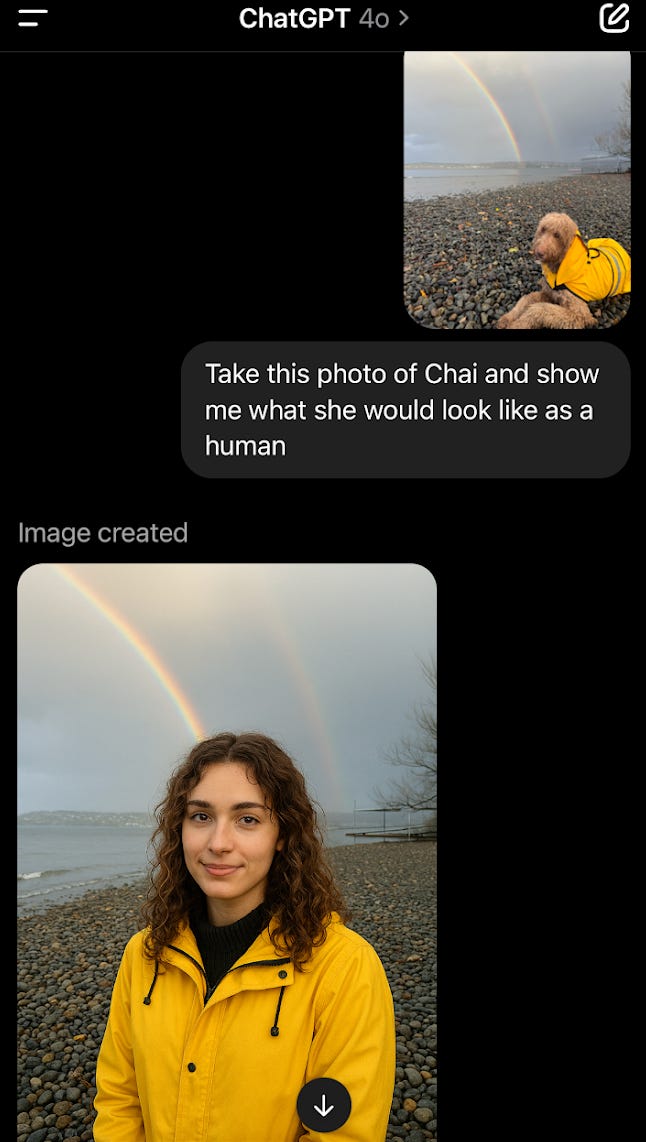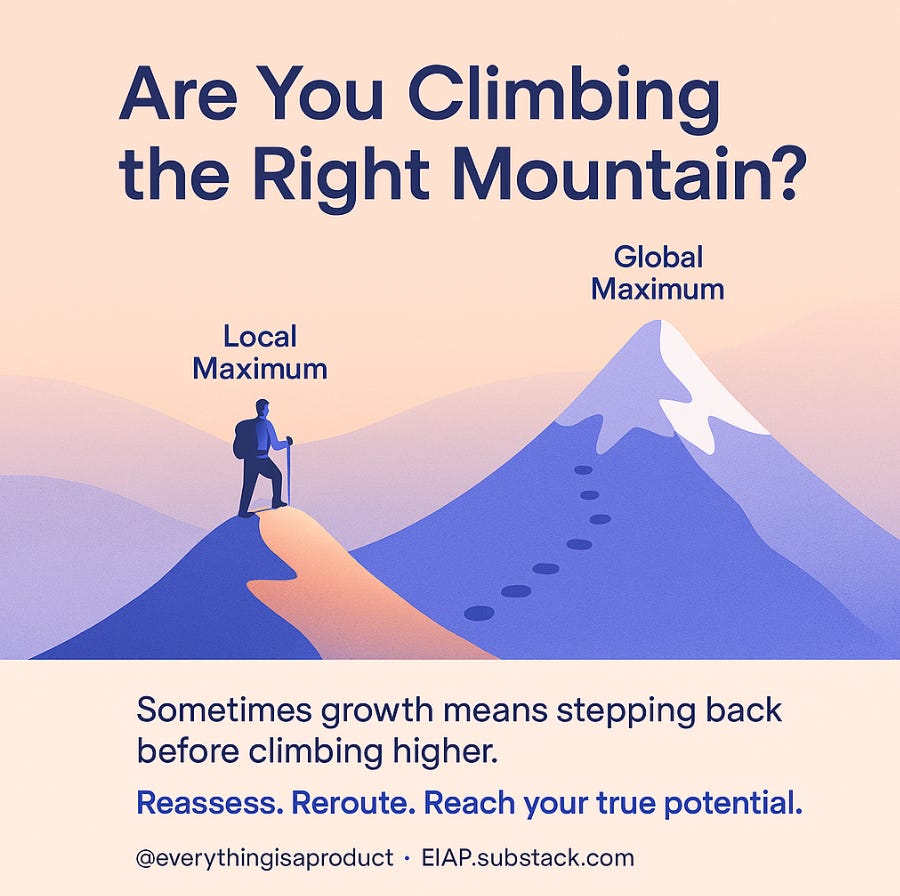The Subtle Art of Showing Up Differently
Every day offers a chance to experiment: whether with how you show up in a room, how you handle tough asks, or how you bring ideas to life through visuals. This week’s entries highlight the behavioral science behind subtle influence and identity play, and spotlight the tech that’s changing how we communicate and create.
🗺️ Behavioral Blueprints 🗺️
Takeaway: Even a small gift can turn a harsh message into a moment of connection.
Over the weekend, I threw an incredible party. The kind where the music doesn’t want to stop, and the crowd lingers long after last call—a real success. But with our venue time running out and a big cleanup ahead, I needed to clear the space fast.
The lights went on. The music went off. Still, people stayed. That’s when I decided to test a little behavioral trick rooted in reciprocity—the idea that giving something small before making an ask makes people more likely to comply.
It’s the same psychology behind why nonprofits send a quarter with donation letters: you’re more likely to give when you’ve already received something. Or why severance packages soften the blow of a layoff.
In my case, I had to tell 50+ mildly intoxicated guests to get out. Before delivering the message, I handed each of them a disco ball keychain that matched the party theme. I thanked them for staying until the end and let the gift serve as a sign of appreciation. Then, with a big smile, I told them, “But now it’s time to head out.”
Shockingly, it worked. There was no pushback. The gesture turned what could’ve felt like a rude or abrupt ending into a warm goodbye. A kind of party epilogue.
The same principle can be used anywhere you need to preserve goodwill while delivering hard truths—whether in sales, leadership, or relationship conversations. When you’re about to do something that could create resistance or disappointment, ask: What small gift—physical or emotional—could ease the message?
🏔️ The Personal Growth Lab 🏔️
Takeaway: Try on new traits like outfits—you might learn who you can be, not just who you are.
Last night, I left an event with a close friend and had one of those rare, perspective-shifting conversations.
He told me that during the event, he was intentionally “trying on” a different personality. Normally calm, generous, and soft-spoken, he introduced himself with sharp confidence, borderline braggadocious energy. It caught me off guard. I’ve known him for years and had never seen him like this.
But here’s what was fascinating: newcomers didn’t see it as odd. They responded to him as if that’s just who he was. Because to them, it was.
This opened a new lens for me. I often use behavioral experimentation to test new habits or stretch my routines, but I rarely experiment with how I show up as a person. I tend to think about how I feel when doing something different, not how others might newly perceive me.
But perception is data. By presenting a new version of yourself, you get real-time feedback from the world. You might unlock a side of yourself that feels authentic—but just needed some practice.
Going forward, I want to try subtle shifts when entering new spaces: a bolder tone, a quieter presence, a more playful edge. And if I overdo it? That’s part of the experiment. I trust I can always come back to myself and maybe even be better for having stretched a little further.
⏰ Timely Insights ⏰
Takeaway: We’re entering a new era of visual creativity powered by AI… don’t miss it.
A picture is worth a thousand words, but until recently, crafting one could take a thousand hours. Designing detailed infographics or emotionally resonant images often required deep expertise and long timelines.
That’s changing. Fast.
The latest image models from OpenAI and Google are revolutionizing how we generate visuals. These models build on the same foundation as large language models, but apply it to image creation using an upgraded architecture known as autoregressive modeling, an evolution of the diffusion models used before.
What does this mean for you?
Sharper visuals
Better control over edits
More realistic and imaginative outcomes
If you haven’t tried these tools yet, let this be your nudge. Just like ChatGPT changed how we create and manipulate language, these models are doing the same for imagery.
Below are two examples, one fun / one informative, showcasing how these tools aren’t just novelties; they’re creativity accelerators.
We’re living through a fundamental shift in what’s possible when words and visuals collide through AI. Now’s the time to explore what that means for your ideas.



